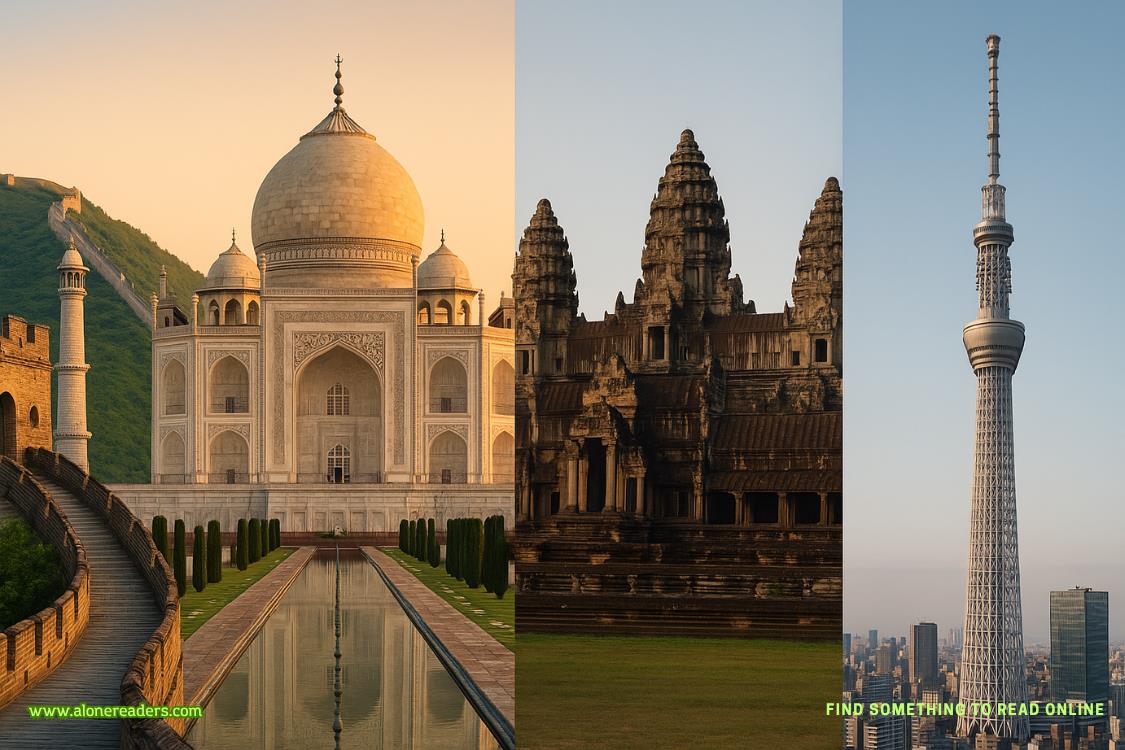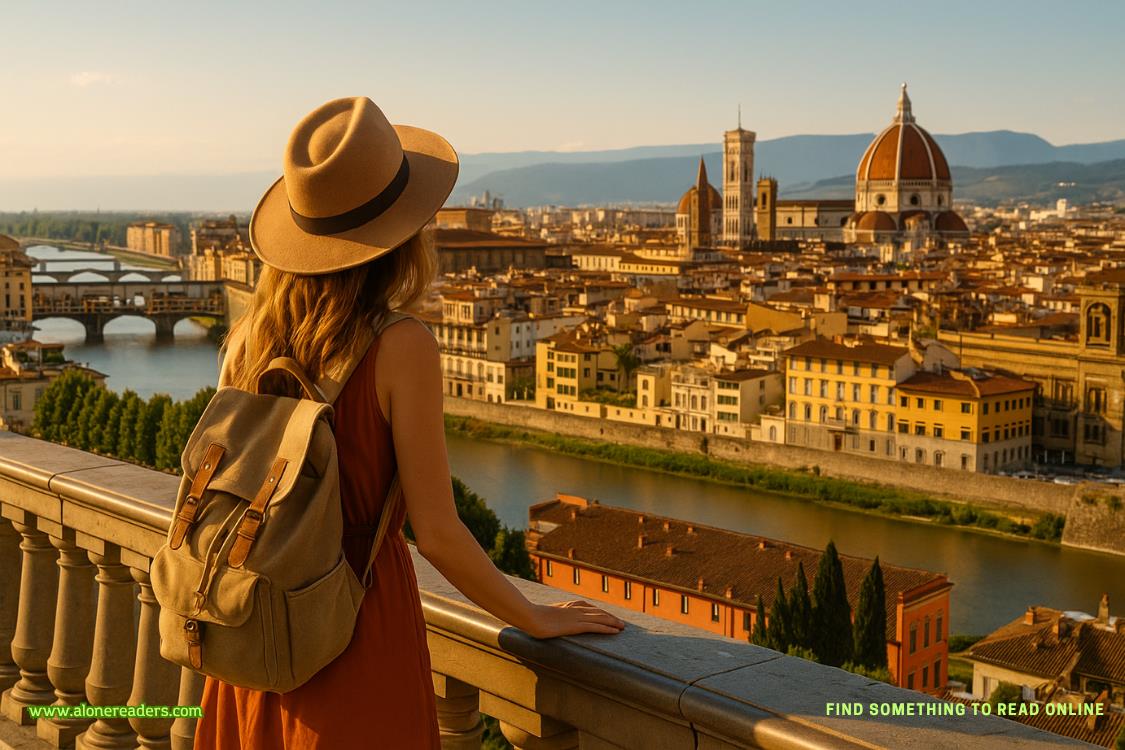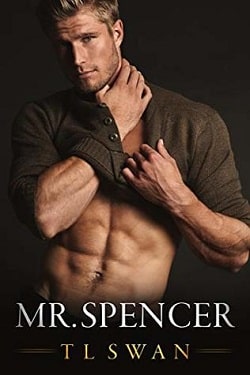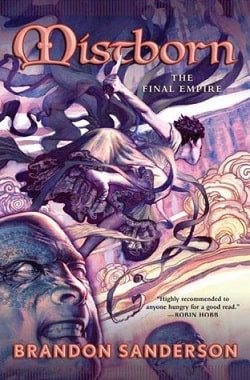“The fancy daggers.” Archer’s voice sharpened. “We think they came from a private collection. We’re checking out that angle. Is thatall you’ve got? Because if so, I’d really like to go home and get some sleep.”
“I think the pictures were deliberately and carefully composed. Each element is intentional. The lighting was staged for a dramatic shot. Your killer considers himself an artist.”
“What the hell? You think he stopped to paint a couple of pictures after he murdered Washfield, Attenbury, and Carstairs?”
“No, I think he photographed the scenes.”
“Are you serious? We’re looking for aphotographer? That means my suspect list is approximately the size of the telephone book. Everyone and his kid sister has a Brownie.”
“You’re looking for a pro, not an amateur. He’ll be using expensive equipment, fine-grained film, and pricey paper. There aren’t a lot of camera shops that carry high-quality lenses, film, and paper. Trust me, those shops will remember their best customers.”
“Paper?” Archer sounded thoughtful. “You think he’s printing his photographs?”
“Of course. I told you, he considers himself an artist. Find him and you’ll find his equipment and negatives as well as the prints.”
“What about those old knives?”
“I can’t be absolutely positive but I suspect they may be his way of marking each murder scene as part of a series.”
Archer whistled softly. “You saw all that just by looking at the crime scenes?”
“I spend my days composing pictures. I know what to look for. Oh, one more thing.”
“Hang on, I need to make some notes.” There were some rustling sounds. A moment later Archer came back on the line. “All right, go ahead. What else do you think you saw at the scenes?”
Vivian picked up a newspaper clipping of the Washfield murder. “Do you know anything about photography, Detective?”
“Evidently not as much as I thought I did.”
“For the past couple of decades there has been an argument going on in the art world over the issue of whether or not photography should be considered an art or just a means of documenting reality.”
“Who cares?”
“The art world cares. Museums and galleries that hang photographs care. So do photographers who are trying to use their cameras to create art.”
Photographers like me,she thought. But she did not say that aloud.
“This battle about whether photography deserves to be called an art is a big deal?” Archer said.
“A very big deal. There are two aesthetic approaches involved, pictorialism and modernism.”
“I’m not really interested in art. I’m trying to stop a crazy killer.”
“Fine. I won’t bore you with the details, Detective. All you need to know is that the older school is called pictorialism. It’s all about making a photograph look like a painting.”
“How do you do that?”
“You shoot for a painterly look. Soft focus, maybe. You use all sorts of tricks and tints to manipulate the photograph when you print it. You’re not trying to capture reality, you’re going for an abstract vision. Modernism is the new tradition. It’s all about clean lines and a sharp focus. It’s about revealing reality.”
“You’re losing me.”
“I think the killer you are hunting sees himself as working in the older tradition. His pictures will be pictorial in style and that means he’ll be purchasing supplies that only a photographer working in that genre would want. That should help narrow down your suspect list.”
“You really think he’s taking pictures of the scene after he kills someone?”
Vivian studied the pictures of the Washfield murder.
“Oh, yes,” she said. “When you find him, I’m sure you’ll find his collection.”















